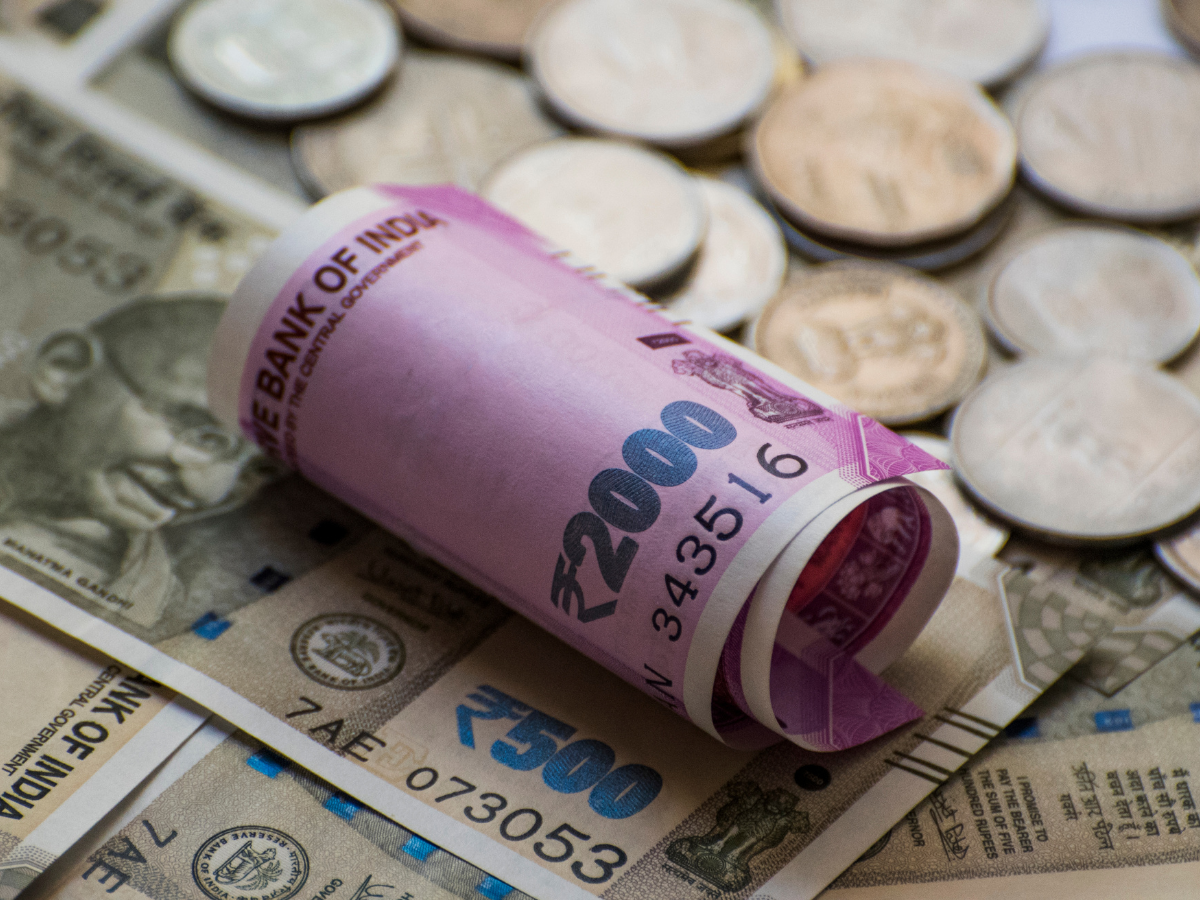The rupee closed at 84.1075 against the dollar, compared to its previous close of 84.1150.
While India’s benchmark equity indexes were in the red for most of the session, they reversed course in later hours of traded, ending higher by about 0.9% each.
Foreign banks were spotted bidding for dollars, likely on behalf of custodial clients, while dollar offers from state-run banks kept a lid on the rupee’s losses, traders said.
Routine interventions by the Reserve Bank of India via state-run banks, like on Tuesday, have kept the rupee’s volatility markedly below its regional peers.
For instance, the offshore Chinese yuan’s 1-month implied volatility is 8.8%, while that of the rupee is 2.7%. The RBI is well-equipped to deal with heightened volatility related to the outcome of the U.S. presidential election, two sources familiar with the bank’s thinking told Reuters last week. “FX options markets have priced in a respectful level of exceptionally high volatility over the coming week,” ING Bank said in a note. The bank said it expects a Republican victory in the presidential and legislature races to boost the dollar, while a win for the Democrats may prove to be negative for the greenback.
On the day, the dollar index was down 0.2% at 103.7 while most Asian currencies rose. Polls suggest that the U.S. election is virtually a coin toss, and the outcome may not be known for days after voting ends.
Markets are, however, likely to take cues from early trends that are expected to begin tricking in on Wednesday morning for Asia




